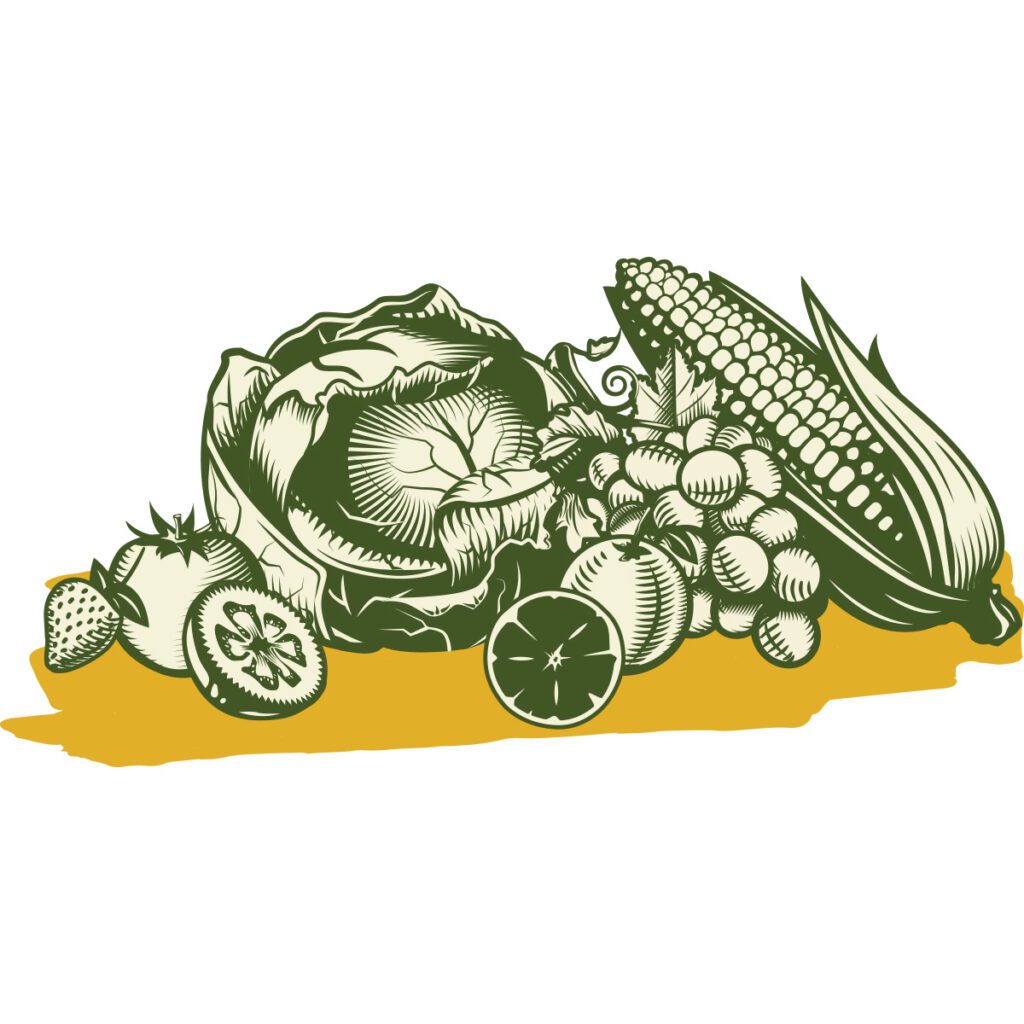A Guide for How to Choose
Filling up your shopping cart – and your plate – with fresh fruits and vegetables is a good idea in more ways than one. For starters, eating a diet rich in some vegetables and fruits may protect against certain types of cancers. Plus, packing fresh produce into your diet may also reduce risk for heart disease, including heart attack and stroke.
But before you get the colorful array of garden goodness into your kitchen, you have to choose it from the grocery aisle. Here’s a quick guide to choosing the freshest of America’s favorite fruits and vegetables.
Tomatoes
Caprese salads, tomato sandwiches, and fresh marinara sauce all start out with vine-ripened tomatoes. To make sure they’re ripe to perfection, choose tomatoes that are vibrantly colored – red, purple, yellow, or green. They should have a little give, but be mostly firm to the touch – if you see a wrinkle, put it back on the shelf.
Oranges
When choosing oranges, don’t let color fool you. Some have been dyed a deep orange hue and may not be fully ripe. Others can re-green, but are fully-ripe, and still others have brown patches that do not affect their flavor. Instead, pick firm, smooth oranges that feel heavy and dense.

Grapes
Have you ever seen a powdery coating on grapes in the store? If you’ve wondered what it is and if it’s safe, the answer is yes. The substance is known as bloom, which occurs naturally and protects grapes from moisture loss and decay. And, it’s safe to eat.
Strawberries
The best way to know if you have a winning bunch of strawberries is a sniff test. When they’re at their peak, they’ll have a strong, sweet scent. Another thing to check is a white rim around the stem or in the berry’s center. This means the berry wasn’t picked at its peak. Also look out for a carton that seems too uniform – if they’re all the same size and shape, it could indicate they were bread to be that way and are thus not as sweet.
Sweet Corn
Fresh off the cob or in confetti-colored salad, sweet corn is a versatile addition to a range of meals. Whether you’re buying it at your local farmers market or your favorite grocery store, check out the tassels before you take them home. They should be brown and slightly sticky. Black tassels indicate that the corn is old. There’s no need to peel back the husk to take a peek inside – just feel the outside to make sure the kernels are plump.
Iceberg Lettuce
While you typically look for saturated, deep colors in your produce, iceberg lettuce is the exception. Look for heads with thick, pale green leaves that are moderately firm.

